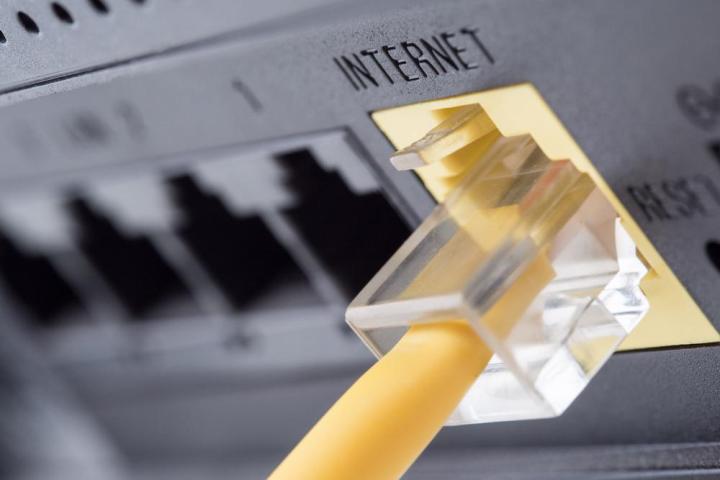
Bad firmware can make a good router useless, which is why many users swear by third-party firmware like DD-WRT. Once installed to your router, it gives you control over all sorts of features that are otherwise hidden — including improved security. But enthusiasts were worried this sort of tweaking might be effectively banned in the future.
Why? Well, back in July a statement by the Federal Communications Commission (FCC) included language that careful readers noticed could force router manufacturers to block unapproved software. Enthusiasts of various alternative firmware took notice, and contacted the commission in droves.
There were “thousands of comments” according to Julius Knapp, the FCC’s Chief of the Office of Engineering & Technology. She outlined the agency’s stance in a blog post, saying she “would like to make it clear that the proposal is not intended to encourage manufacturers to prevent all modifications or updates to device software.”
The blog post linked to an official revision of the original rule change proposal, which stated directly that blocking third party router firmware is not the intention of the rule changes.
“The rule is not intended to prevent or inhibit modification of any other software or firmware in the device, such as software modifications to improve performance, configure RF networks or improve cybersecurity,” the document states.
Wireless routers, of course, use radio waves to give your various devices access to the Internet. The FCC is responsible for ensuring all such devices meet something called RF Compliance, which basically means that the device won’t interfere with other signals.
In theory, modifying your router’s firmware could allow you to stop using the approved spectrum for Wi-Fi routers, and move into a frequency reserved for some other use – say, emergency services. It’s obvious why that might be a problem, but none of the popular third party firmware offers such a feature.
Which is why the FCC’s clarification makes it clear that router manufacturers are responsible only for preventing modifications that take the device out of RF-compliance, and not firmware replacements writ large.

